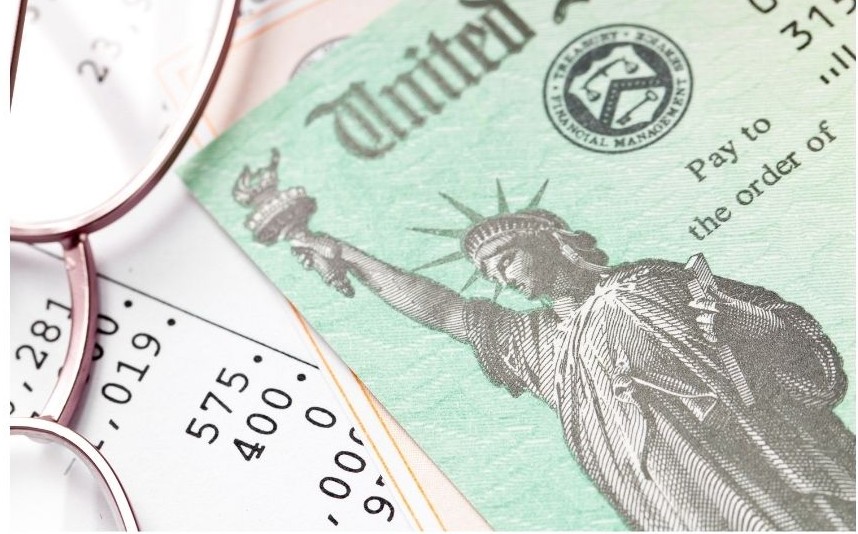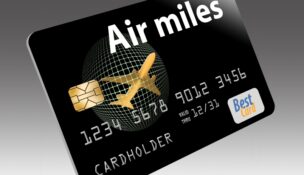Advisers juggle benefits of PPP and tax credits
Molly Hulsey //March 10, 2021//
 As the U.S. Small Business Administration continues to widen the eligibility pool for Paycheck Protection Program participants, financial advisors and tax professionals are scrambling to notify clients of new financing opportunities — and what this may mean during the upcoming tax season.
As the U.S. Small Business Administration continues to widen the eligibility pool for Paycheck Protection Program participants, financial advisors and tax professionals are scrambling to notify clients of new financing opportunities — and what this may mean during the upcoming tax season.
From February 24 to March 9, only businesses with fewer than 20 employees could apply for the second round of PPP funding, following a Feb. 22 Biden administration policy shift that opened the program to business owners who have committed a non-fraud felony, are delinquent on federal student loans or are lawful U.S. residents who are not citizens, according to an SBA announcement.
The changes also allocated a higher amount of financial support for self-employed individuals, sole proprietors and independent contractors through a new formula.
“Then, of course, PPP now is not only open again to for a second time for those that received the PPP first round; it’s also open for those that didn’t get a chance last time,” Quality Business Solutions' John McFarland, told GSA Business Report. The application portal reopened for both lenders on Jan. 19.
During the chaotic first round of PPP funding, some clients, concerned that they wouldn’t be able to render the loan unforgivable or that it would come with unseen strings attached, did not apply. Others became overwhelmed by the process of applying for the loan, which tended to be rockier at large banks like Wells Fargo and Bank of America and smoother at regional banks, he said.
“I have spoken with clients that did not take it, and they are struggling hard,” McFarland said, adding that the SBA has already forgiven 100% of his clients that did participate in the program.
Others chose to apply for employee retention tax credits instead — which, at the time, was mutually exclusive from the forgivable SBA loan but promised up to $5,000 in refundable credits for each employee on payroll from March 13 to Dec. 31.
But the tide has since changed.
Businesses applying for PPP this time around can receive employee retention tax credits; recipients of the first round of funding can retroactively apply for the credit until June 30.
Still, there’s one catch. Businesses can’t claim credits for payroll expenses covered by the PPP or those covered by medical leave under the Families First Coronavirus Response Act, he said.
On top of this, clients are juggling credit and PPP deduction calculations with Form 941 deadlines.
“You really got to plan for the next couple of months, in my opinion, not only for what’s the best decision on the retro aspect for 2020, but also, what’s the best aspect for us financially for the two first quarters of 2021 with ‘should we do the ERTC or not?’ ‘Is the deductibility of my expenses more beneficial to me and my business or is the tax credit?’”
For sifting through the nitty gritty details, McFarland refers his clients to a certified accountant.
GreerWalker’s Neil Tabor is a CPA that mulled over the topic at a recent Upstate SC Alliance seminar.
“Typically what we’ve seen from our clients is that there are plenty of wages to take both the people out and the employee retention credit,” Tabor said during the seminar. “It would just lessen the amount of credit you can take.”
Still, alterations made last December have boosted the credit on wages paid from a maximum $5,000 credit to a $14,000 credit per year for each employee on payroll from March 13, 2020 to July 1, 2021.
More companies would be eligible for the credit now, said Tabor, since the alterations require proof of a minimum 25% reduction of revenue during the COVID-19 pandemic instead of the original 50%. Companies with up to 500 employees can now also apply, which enfranchised many more larger clients to consider the credit, according to McFarland.
Most of Tabor’s clients have enough wages to split between a PPP loan and tax credits, and they have been much more cautious in weighing the benefit of taking out a second PPP loan versus accepting an employee retention tax credit.
For those still pursuing the program’s second round, Tabor said to be mindful of the shift from a $2,000 recovery rebate to a $600 rebate, as well as the extension of the due date for the repayment of the employer tax deferral through Dec. 31, 2021.
Business owners can also now file for paid sick and family leave tax credits by March 31, while in some instances, especially when they dine at a local restaurant, 100% of business meals can be deducted, he said.
This story first appeared in the March 8 issue of GSA Business Report.


















